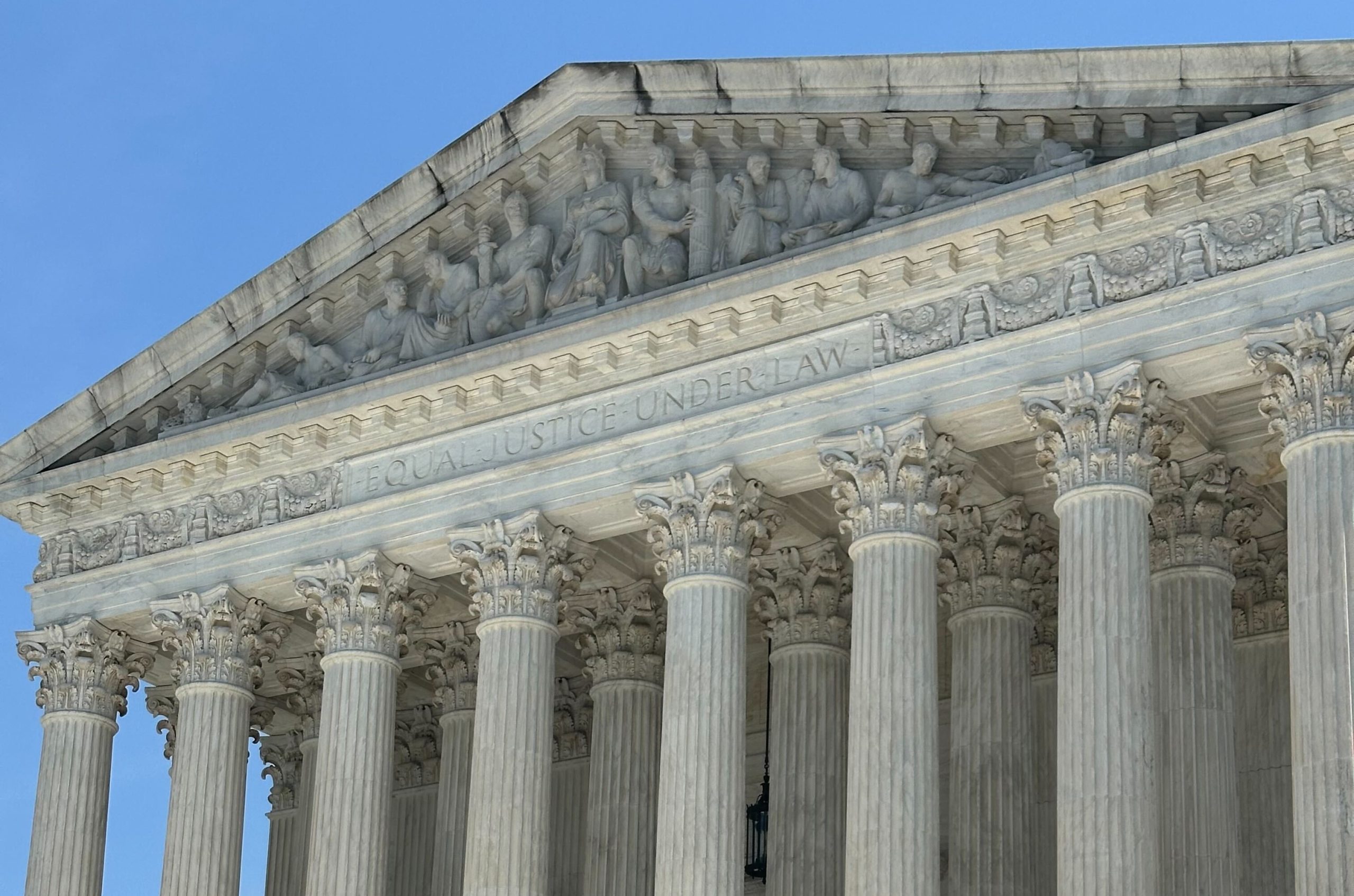Protection From Abuse & Guns; Discussion “Continued”
Friday, June 21 brought the U.S. Supreme Court decision in United States v. Rahimi, a Texas case which offered to provide better insight into how the rights to possess and own guns conferred by the Second Amendment plays against situations where those guns are used or could be used in a domestic abuse setting. It’s an 8-1 decision but we have six different opinions for the majority.
The majority opinion of Chief Justice Roberts reminds us that the defendant got into a dispute with his girlfriend which culminated in him throwing her violently into his car’s front seat. As she escaped, he reached for a gun under that seat and fired it, perhaps at the girlfriend and perhaps at a bystander. He later called his girlfriend and threatened to shoot her if she reported the incident. Girlfriend ignored this threat; filed for and secured a protection order. This produced a consent order in which Rahimi was “found” to have committed family violence. Three months later the defendant violated the protection order by going to the girlfriend’s home. In the ensuing months Rahimi seems to have gotten into a bunch of altercations with a bunch of other people where gun threats and/or gunfire was involved.
The United States is involved because of 18 U.S.C. 922(g)(8). That law makes it a crime for a person to ship or receive a firearm through interstate commerce where they are subject to a state court order that:
(A) was issued after a hearing of which such person received actual notice, and at which such person had an opportunity to participate;
(B) restrains such person from harassing, stalking, or threatening an intimate partner of such person or child of such intimate partner or person, or engaging in other conduct that would place an intimate partner in reasonable fear of bodily injury to the partner or child; and
(C)(i) includes a finding that such person represents a credible threat to the physical safety of such intimate partner or child; or
(ii) by its terms explicitly prohibits the use, attempted use, or threatened use of physical force against such intimate partner or child that would reasonably be expected to cause bodily injury;
The one thing troubling at the outset is that we don’t see where, when, how the gun was shipped in “commerce” which is what allows the U.S. Attorney, in contrast to local prosecutors, to become involved. But, we also can hope to assume that his criminal defense attorney picked up on that issue before laying down a defense based on the theory that Section 922 violates the 2nd Amendment. This is no mean statute. The penalty can be up to 10-15 years in prison.
So, as we reported in our post of February 23, 2023, the challenge here was premised on the right to bear arms. The Supreme Court majority opinion mirrors the Fifth Circuit opinion in tracing gun regulation to the time of the Druids but Roberts finds some gun regulation. Then he notes that these laws are not fixed “in amber” and to do so would confine weapon regulation to “muskets and sabres.” So, it appears that this statute is being upheld on the basis that there is no interference with the 2nd Amendment so long as a defendant has an opportunity to appear and oppose the proceeding where gun seizure is authorized.
So what does this mean in backwater Pennsylvania? This writer is unclear. First, the Supreme Court is upholding a challenge to a federal statute although that statute seems to mirror Pennsylvania’s Protection from Abuse laws. Pennsylvania’s law, 23 Pa.C.S. 6108(a) also says a final order may include language
(7) Prohibiting the defendant from acquiring or possessing any firearm for the duration of the order, ordering the defendant to temporarily relinquish to the sheriff or the appropriate law enforcement agency any firearms under the defendant’s possession or control, and requiring the defendant to relinquish to the sheriff or the appropriate law enforcement agency any firearm license issued under section 6108.3 (relating to relinquishment to third party for safekeeping) or 18 Pa.C.S. § 6106 (relating to firearms not to be carried without a license) or 6109 (relating to licenses) the defendant may possess. The court may also order the defendant to relinquish the defendant’s other weapons or ammunition that have been used or been threatened to be used in an incident of abuse against the plaintiff or the minor children.
Section 6107(b) also allows courts to order removal of guns as part of a temporary ex parte order entered before a hearing. That’s state civil remedy and unrelated to the federal criminal charges in Rahimi and its here that this writer suspects a Second amendment challenge will be found. Under the statute these hearings “shall” be conducted within 10 days but we saw a case earlier this week that noted the 10 day limitation was often not met. Those who work in this area know that defendants are not easily served after altercations which involve threats or acts of violence. The second challenge is what happens where there is an agreement to allow an order for protection while making “no admission” of misconduct. The Rahimi opinion seems to have relied upon an admission of “family violence.” Needless to say, if that is a distinction with a legal difference, not many gun owners are going to admit to anything without a trial or condition any admission on waiver of the gun seizure provisions of the state law.
In the end, it seems that the nations highest court is still struggling with gun regulation. Mr. Rahimi was a tough customer to defend given his penchant to pull the trigger whenever things became stressful. The problems persist in the sense that while domestic violence dropped substantially in 2020 and 2021, it shot back up to 2019 rates in 2022.
The saga continues and is complicated by Pennsylvania’s spin on the 2nd Amendment. Our Constitution’s Article I, Section 21 provides: “The right of the citizens to bear arms in defense of themselves and the State shall not be questioned.” The 2003 Pa. Supreme Court decision in Lehman v. Penna. State Police seems to echo the approach of Rahimi in affirming the right of the state to enforce reasonable regulations. 839 A.2d 265, 273. But, whether a 38 year old “record” arising from theft of a case of beer should block a fellow in 2000 from acquiring a .22 caliber rifle does seem to present some Bruen issues given the self-defense clause in our Constitution.






